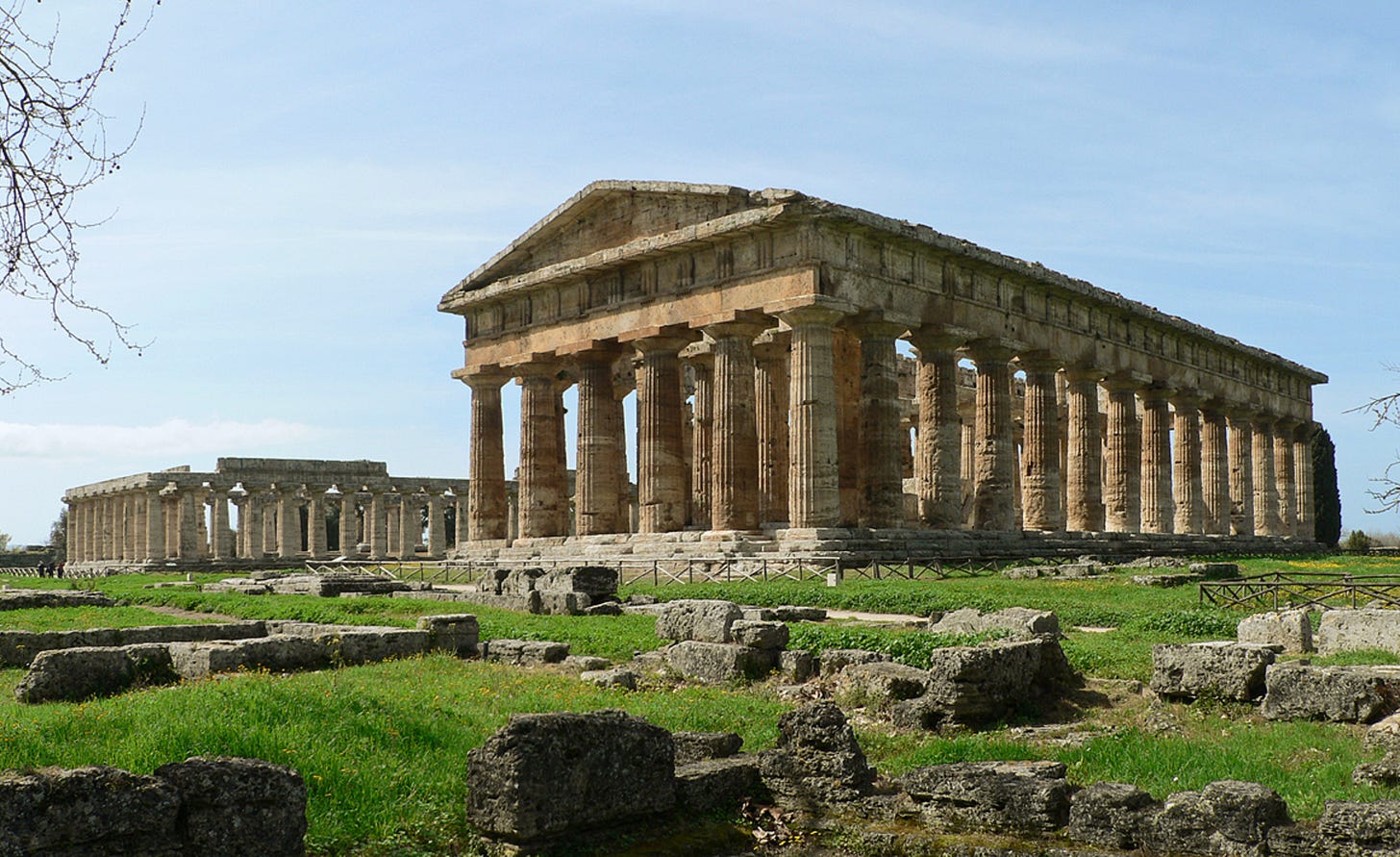Fresh Batch #86: Etruscans and Their Love for Orientalism
German, American, & Asiatic Symbols Originated In Italy
Grant wrote (The Etruscans, p. 39), “The abundance and diversity of near-eastern influences upon the art of the Etruscans show that they were remarkably diligent learners, absorbers and borrowers, like the modern Japanese. The eastern objects that came to them, especially if these displayed an element of exaggerated fantasy, produced a special sort of enthusiastic creative response—just at the time when, owing to the enormous demand for their metals, they had acquired the necessary material resources to indulge their tastes as luxuriantly and extravagantly as they wished. The orientalizing seventh century that ensued in Etruria is sometimes dismissed as a period of transition, as it was in Greece. But if we can manage to avoid looking at the Etruscans through exclusively classical eyes, there is a case, instead, for regarding this epoch of ebullient, effervescent orientalism as their climactic epoch.”
But even Grant, who has become one of my favorite authors and historians concedes that there is much about this diffusion that is unknown (Ib. p. 46), “By the agency of these colonies, the links of the Greeks with Etruria, and their commercial and cultural penetration of that country, were further intensified and deepened. This was mainly, as before, because of the Greek desire for metals. How the traffic was actually conducted we do not know.”
Cumae, which is claimed to be the first ancient Greek colony on mainland Italy, has ancient non-Greek Etruscan tombs.
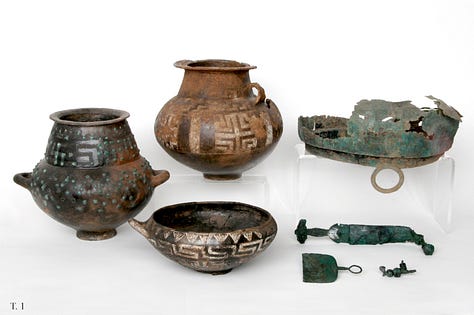





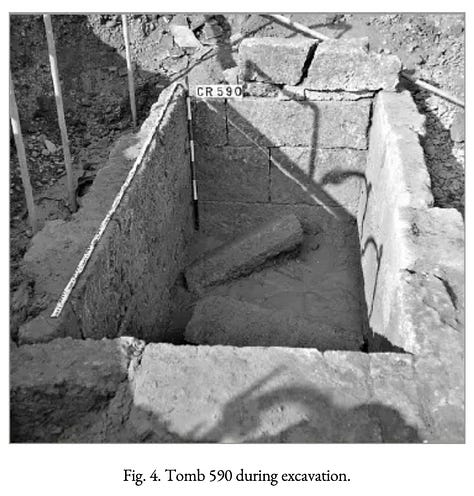

Again (Ib. pp. 46-47), “There were evidently Etruscan traders in more southerly Italian waters, too, since they were denounced as pirates in a Homeric hymn (VII, 8) that may be of eighth-century date, as well as by early local colonists and subsequent Greek settlers on the island of Lipara (the modern Lipari).”
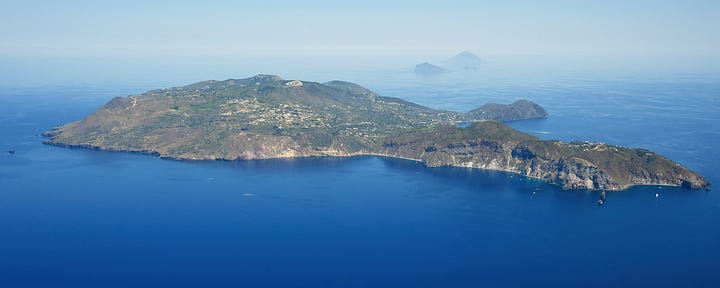

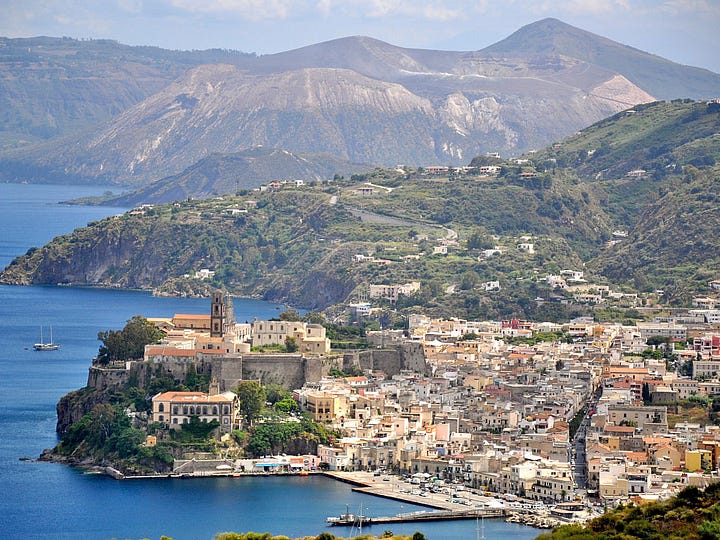

Again (Ib. p. 48), “This route passed by way of Posidonia (Paestum) at the mouth of the River Sele (Silarus)—a settlement which was described as partly Etruscanized (paintings at Posidonia are identical with those of a south-Etruscan group), and served to protect Etruscan communications with Sybaris.”
From Wiki, “The Sele is a river in southwestern Italy. Originating from the Monti Picentini in Caposele, it flows through the region of Campania, in the provinces of Salerno and Avellino. Its mouth is in the Gulf of Salerno, on the Tyrrhenian Sea, at the borders between the municipalities of Eboli and Capaccio (not too far from Paestum), in the beginning point of Cilentan Coast.”


If Posidonia (Paestum) is Etruscanized, might it be that we are looking at the cover-up of an ancient empire that is claiming to be of Greek origin rather than Phoenician? If you’d like to learn the ancient system of the universal empire that will take your research and knowledge to the next level, grab the Spirit Whirled series.




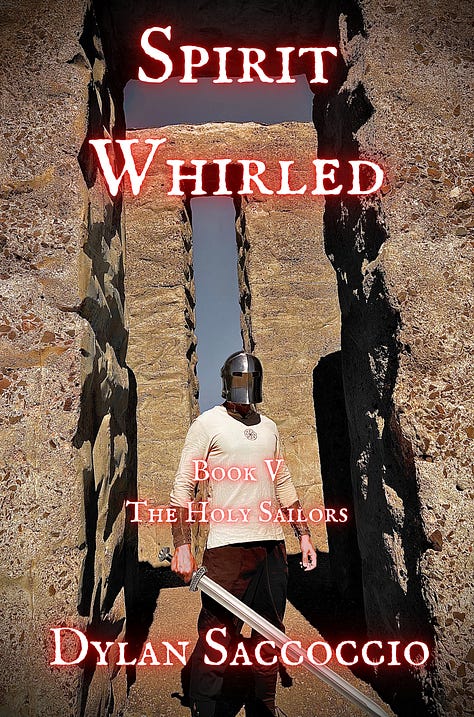

There is much more to discover. Become a member to access the rest of this article.
Keep reading with a 7-day free trial
Subscribe to Ancient History, Mythology, & Epic Fantasy to keep reading this post and get 7 days of free access to the full post archives.





